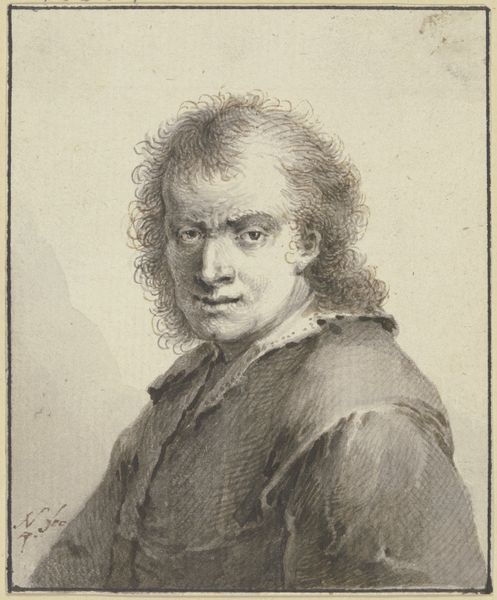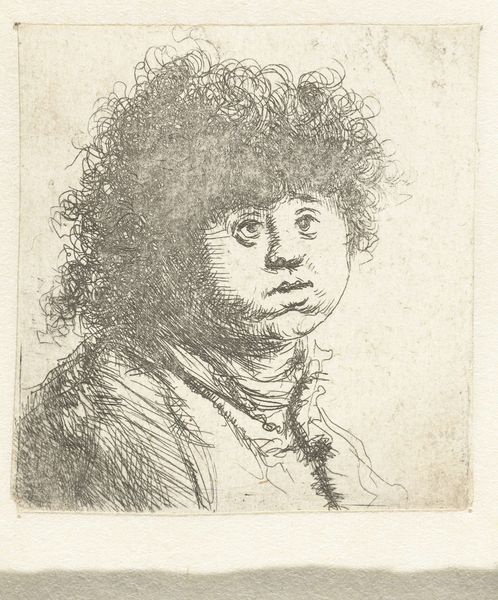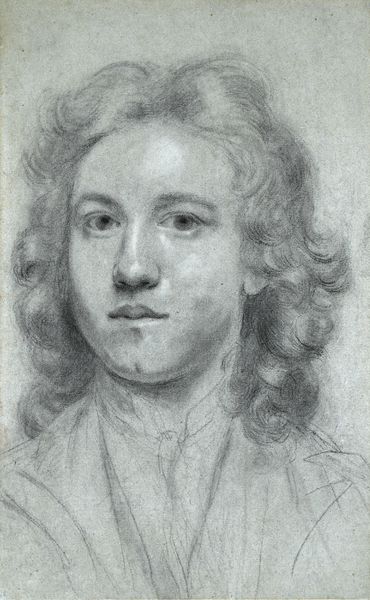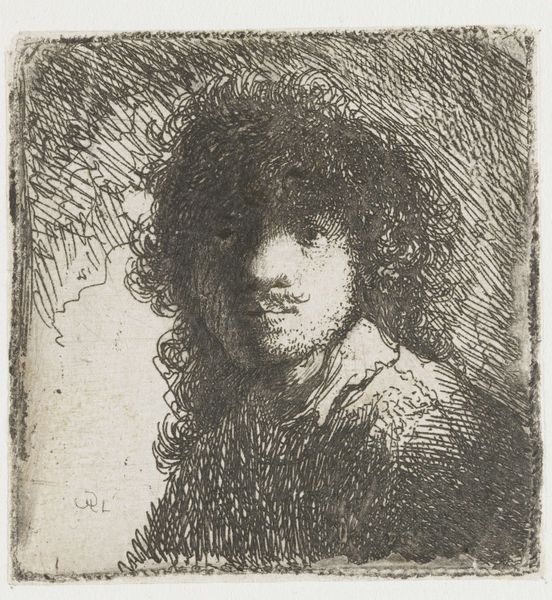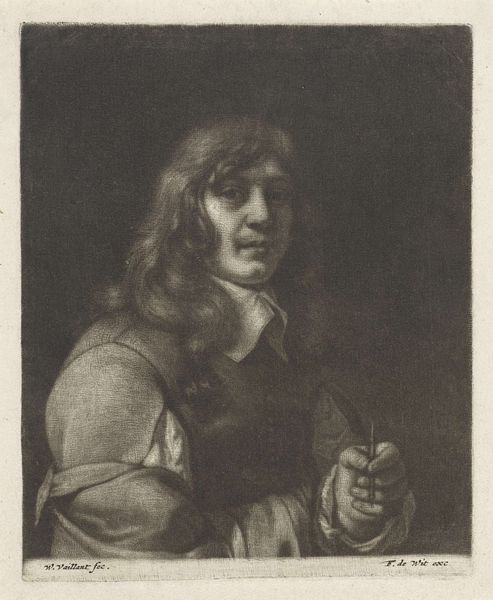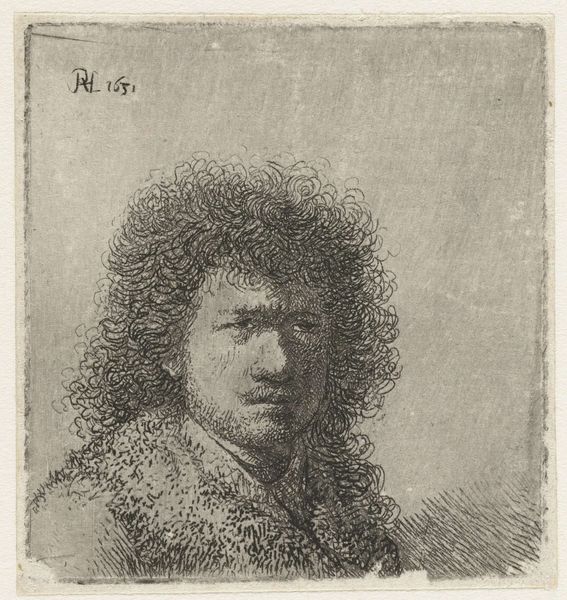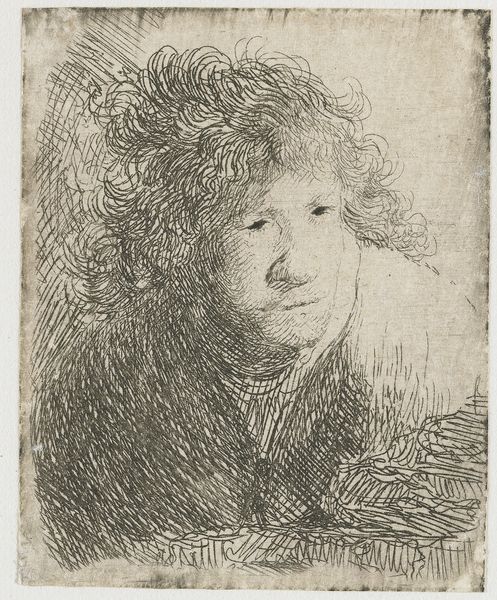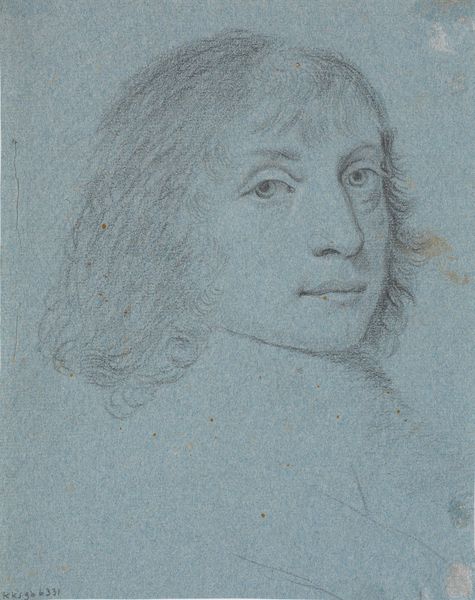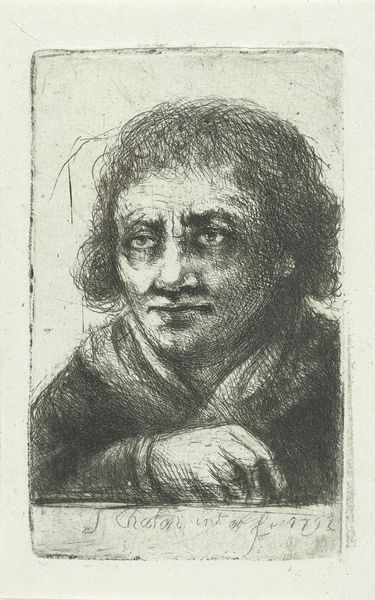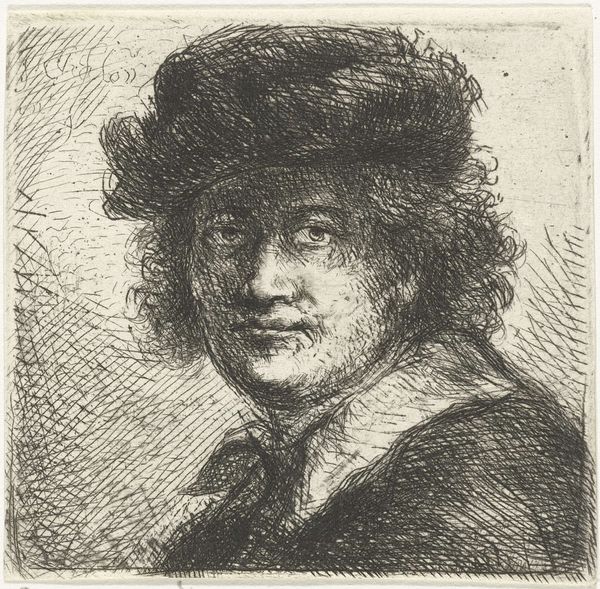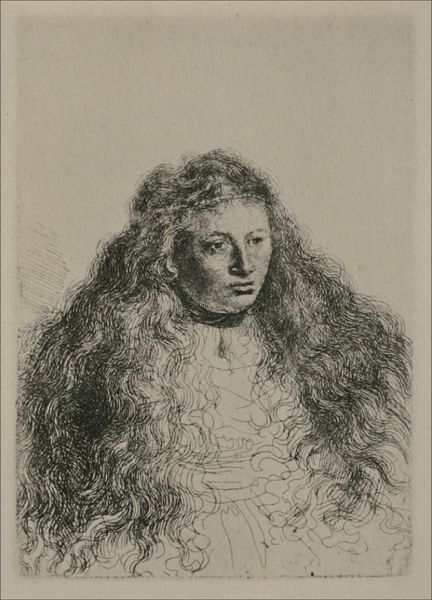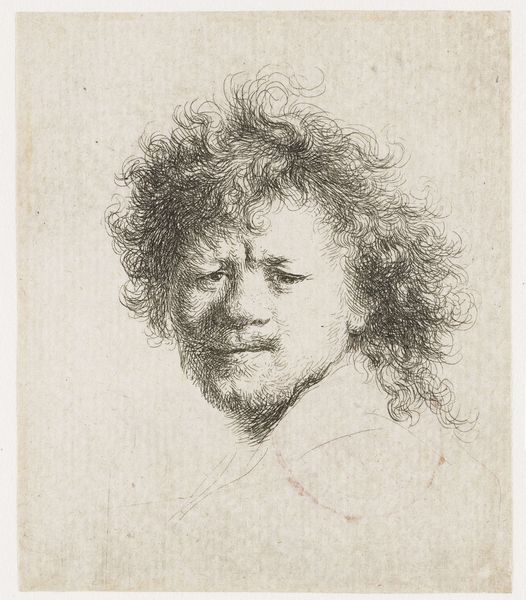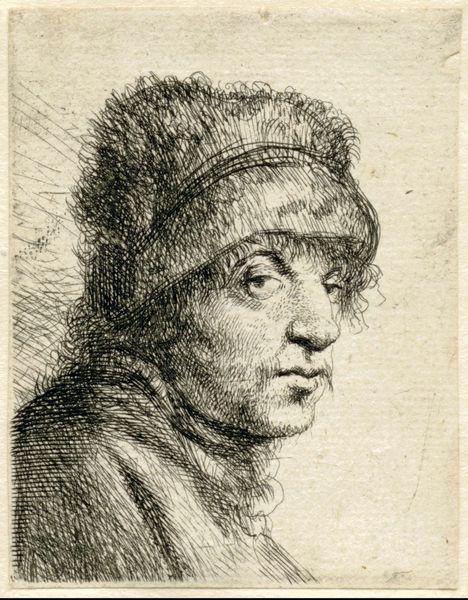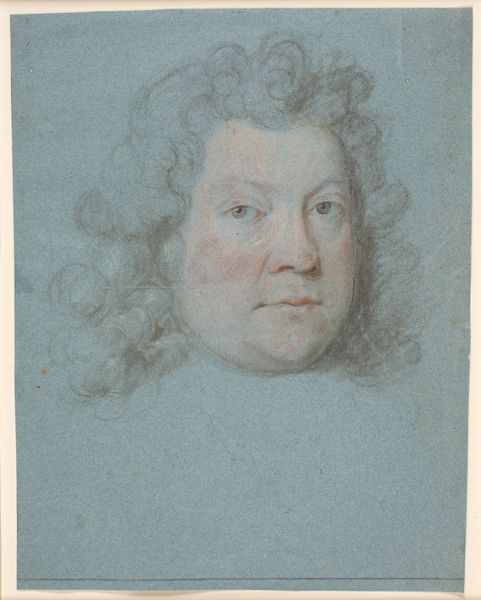
painting, oil-paint
#
portrait
#
self-portrait
#
baroque
#
painting
#
oil-paint
#
intimism
#
realism
Copyright: Public domain
Here we see "Self-Portrait" by Jan Lievens, an exercise in capturing his own likeness with paint. The immediate impression is one of thoughtful observation, underscored by the play of light and shadow across his face and through his tousled hair. Lievens employs a limited palette, focusing on earth tones to create depth and volume. Notice how the impasto technique brings a tactile quality to the hair, contrasting with the smoother handling of the skin. This difference is a key element in understanding the painting's structure. The texture isn't merely decorative; it's a system of signs. The gaze is directed slightly off-center, suggesting introspection, while the loose brushwork conveys a sense of spontaneity. This directs us to consider the artist's identity, not as fixed, but as a fluid, constructed representation. Ultimately, Lievens's self-portrait can be understood as more than a mere likeness. It’s a study of form and texture that destabilizes notions of identity, inviting us to question the boundaries between surface and substance. The use of light and shadow does not just illuminate the face but also casts doubt on the stability of representation itself.
Comments
No comments
Be the first to comment and join the conversation on the ultimate creative platform.
